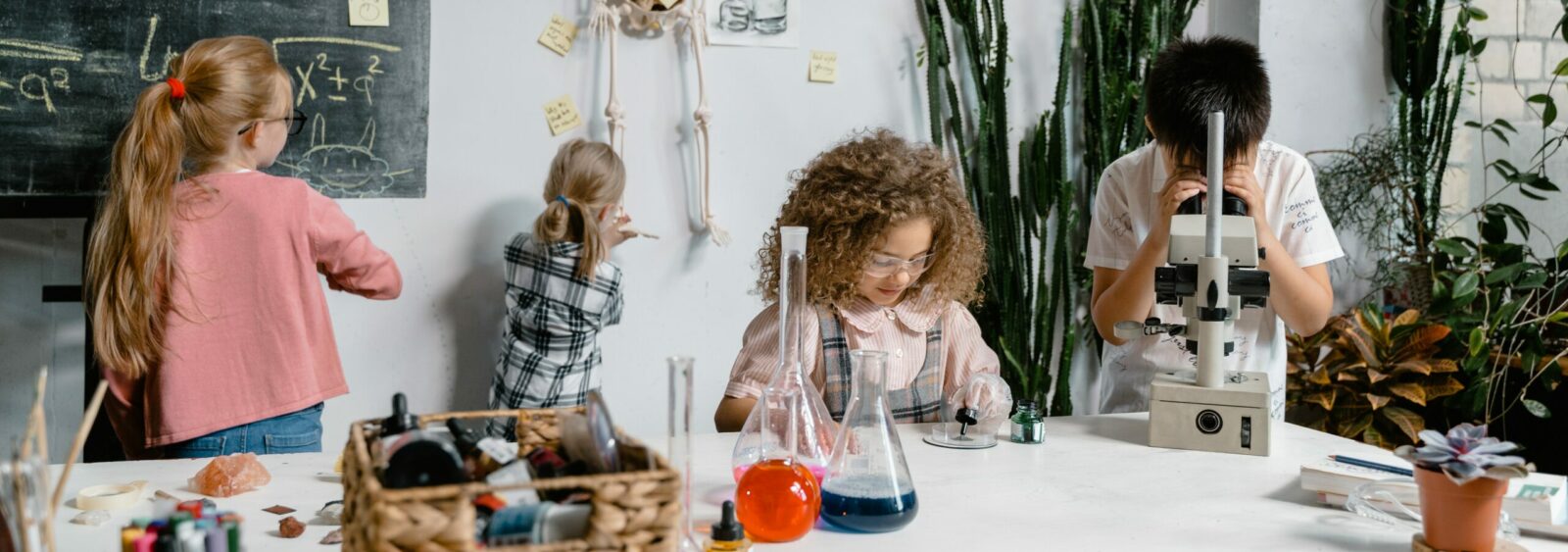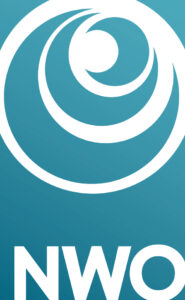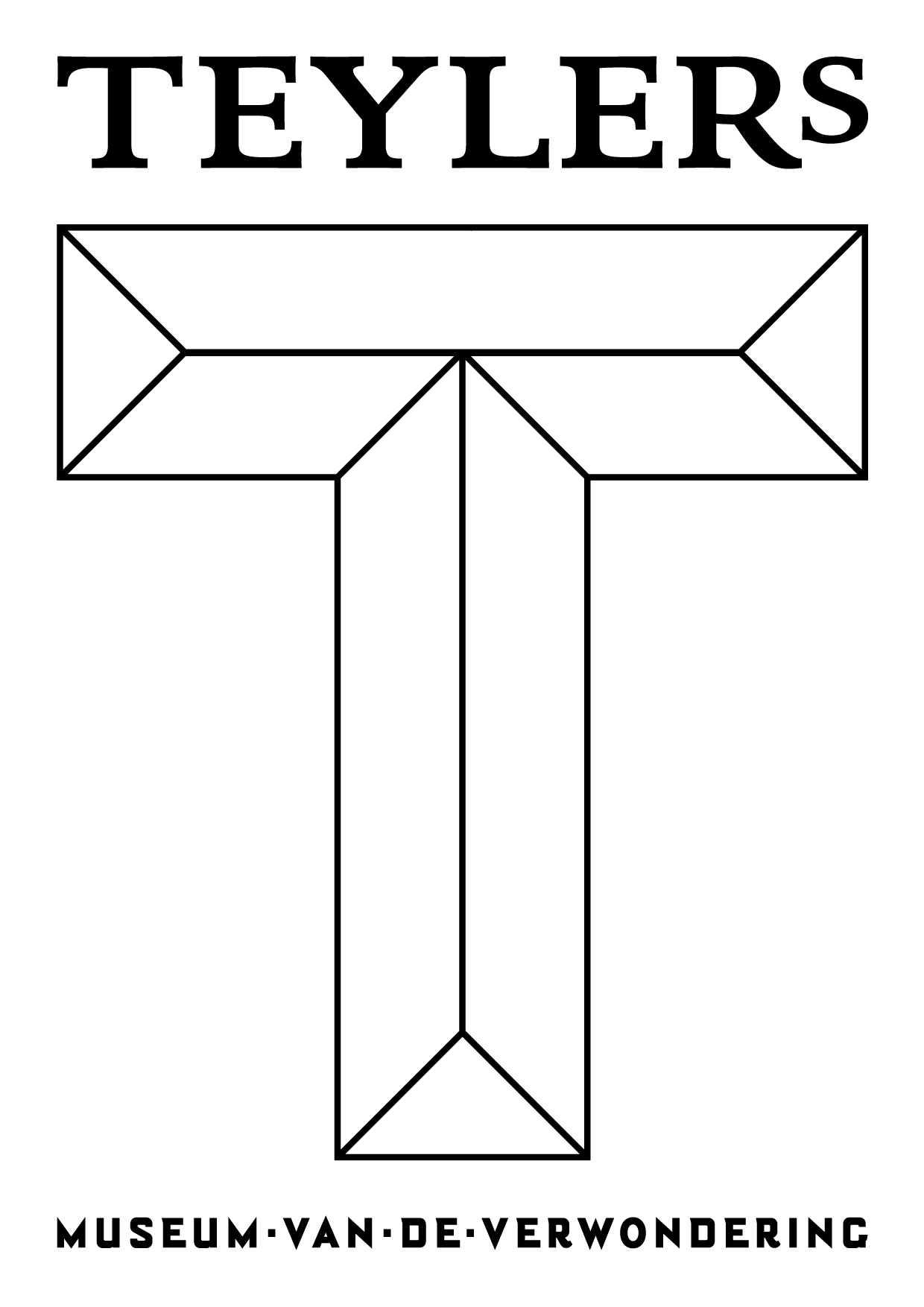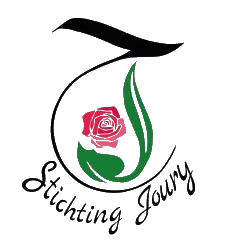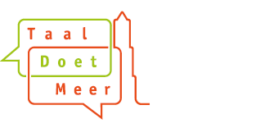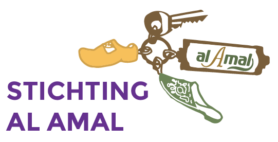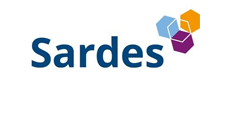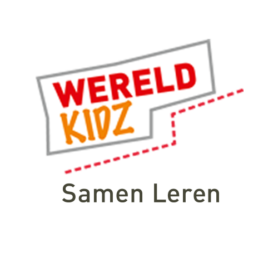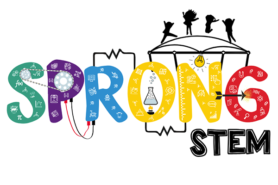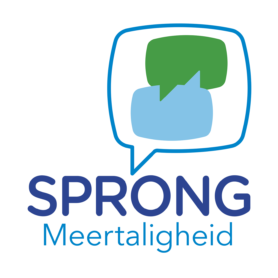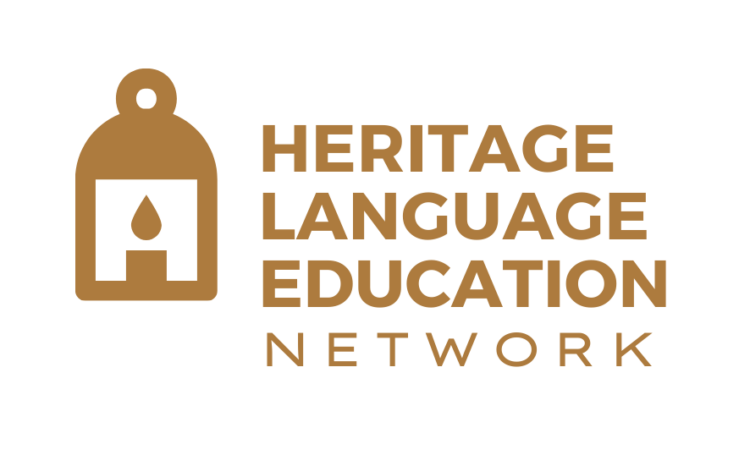A partnership between researchers and a science museum: A joint reflection
Bringing researchers and practitioners together is important—it can be helpful when searching for solutions to societal problems. However, it happens (perhaps) less than is desirable. In this post, Lucía Chisari (Multi-STEM) and José van Gelderen (NEMO Science Museum) reflect on the partnership between museum and Multi-STEM. In this collaboration, we engaged in design research with the aim of learning how migrant families use their home languages and Dutch during workshop activities with multilingual instructions.
The design
We co-designed multilingual instructions to be included in workshop activities for migrant families. Building on existing research, we decided to use the same font size for Dutch and the families’ home languages, placing Dutch and the home languages next to each other. Parents and children may have different levels of proficiency in Dutch, so we created a space where everyone could contribute with their own language resources. The research showed that parents and children chose the language/s they felt most comfortable with to make sense of the activities together.

1. Research closer to practice
The co-design had a double goal: Multi-STEM wanted to learn more about how translanguaging can promote family learning in the science museum, while NEMO Science Museum wanted to find ways to become more inclusive of multilingual migrant families. These goals were made explicit from the start and helped in building trust and transparency within the partnership.
For Lucía, the benefit of trying out strategies with and in practice was certainly a very valuable opportunity, as more controlled settings may not be representative of real-world settings. For the museum, bringing research closer to practice was also desirable. José explained that what she found particularly exciting was that this type of research readily involves the people who can really do something with it in practice.
2. Innovative research approach
For both of us, it was challenging to make the research approach and theoretical concepts (like translanguaging) easy to understand for the museum team working in the partnership. Museum staff members may be more familiar with more ‘traditional’ quantitative or experimental approaches to research and be less familiar with design research. In the end, we believe we succeeded in communicating about these new approaches.
3. Complementing our work
In the partnership, complementary resources came together to make the project possible. The museum provided the essential expertise for making the design optimal and feasible. On the other hand, the researcher contributed further suggestions for the design based on the latest research evidence and knowledge, as well as expertise in the research methods for the analysis and interpretation of findings. Enthusiasm and commitment were also necessary from both parties in order to make it possible!
4. Managing expectations
It is no secret that researchers and practitioners work at different paces. While researchers need time to think about a problem, gather data, and analyze, institutions like museums need quicker solutions and concrete advice. What helped us was consistently making these differences visible. Open communication was necessary in order to manage each other’s expectations.
Curious about how we will keep collaborating? Stay tuned for more!
- Lucía Chisari | PhD researcher
Currently, this blog is only available in English and Dutch. To read it in another language we recommend using the translation tool DeepL.com.
